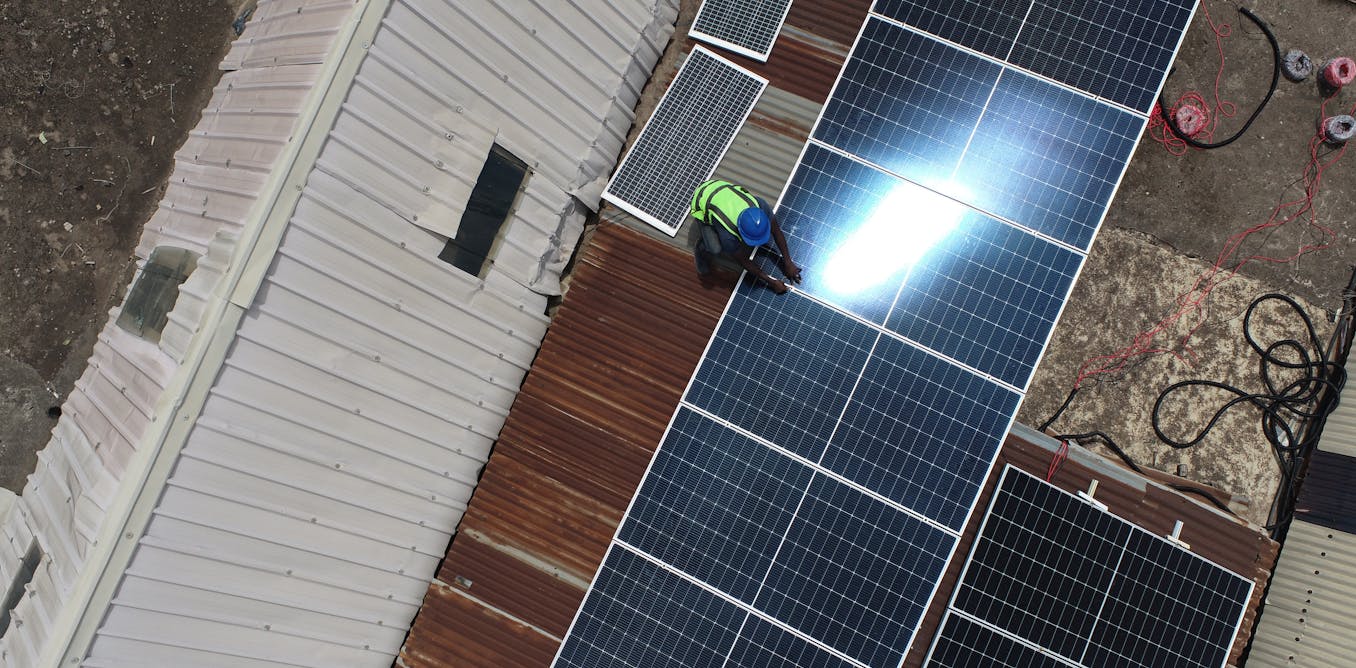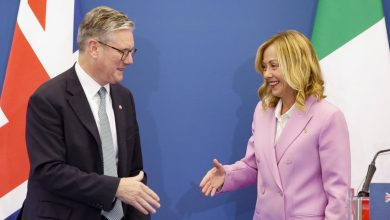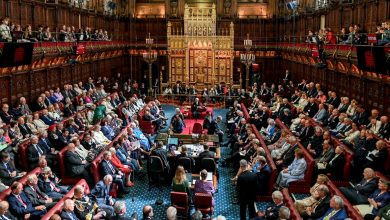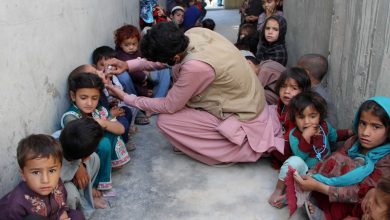new model compares options for off-grid solar in 43 countries

مجلة المذنب نت متابعات عالمية:
Sub-Saharan Africa, home to 80% of the global population without electricity access, is unlikely to reach the United Nations’ goal of access to affordable, reliable, sustainable and modern energy for all by 2030.
The region is significantly behind the rest of the world. Globally, access to electricity increased from 79% of the population in 2000 to 90% in 2019. In sub-Saharan Africa, access to electricity rose from 26% to 47%, and most who don’t have access live in rural areas, according to World Bank data.
The World Bank predicts that, based on current electricity connection and population growth trends, sub-Saharan Africa will have more than 400 million people unconnected to electricity by 2030.
A lack of access to reliable electricity has a significant negative impact on living standards. For example, it can limit the provision of quality public services such as healthcare, education and water. It also creates a barrier to access to digital services, holding back participation in an increasingly digital global economy.
Lack of access is not the only challenge for sub-Saharan African countries. Existing connections are unreliable too. About 43% of Africans had access to electricity that worked “most” or “all” of the time in 2022. Reliability issues are typically more common in rural areas.
Just two sub-Saharan African countries have electricity grids without significant outages: Angola and Botswana. Outages reduce the benefits electricity offers to households and businesses, and create demand for expensive and typically polluting fuel-run generators.
Studies have proposed off-grid solar generated electricity as one possible solution for economies with poor electricity access. In some locations, they are the lowest-cost option, and can enable electricity access without building electricity grid infrastructure – transmission and distribution networks.
Some of these studies, however, may have underestimated the potential benefits of off-grid solar power. This is because they don’t consider the cost impacts of poor reliability or of carbon price schemes.
I was part of a team of scientists using a new approach to assessing the cost of different energy access options. It combines modelling individual energy systems with spatial data covering large areas. Our approach allows us to put a cost to the reliability and the pollution of different sources of electricity. When you account for these, the relative attractiveness of technologies may change.
Our research explores the role off-grid solar could play in different scenarios in Africa. It covered 43 countries for which data is available, and that are home to more than 99% of the continent’s population without access. Below, we will highlight two countries, Nigeria and Mozambique.
Cost of carbon and cost of poor reliability
Using our new approach, we analyse which parts of each country would find solar to be the cheapest technology. We do this at a fine level of detail. Our scenarios include either a carbon price, or a penalty for poor reliability. We can show what policy would make the greatest impact in a given location.
Electricity access can be arranged into tiers that combine different levels of wattage, hours of availability, number of disruptions, affordability and so on.
For our medium electricity demand scenario (tier 3), our modelling suggests that off-grid solar would be cheapest for 65 million more people if you applied a carbon price to the calculation. If you applied a reliability penalty, off-grid solar would be cheapest for 80 million more people.
Carbon markets are financial markets which put a price on emitting greenhouse gases such as carbon dioxide. These markets influence the relative cost and shares of different electricity generation technologies. However, the use of carbon credits on the African continent remains limited as they are a relatively new initiative on the continent.
The reliability of supply is crucial in determining the value of a connection. Poor reliability can lead to reduced security and reduced household income.
Off-grid solar systems may offer improved reliability when compared to national grid networks.
To demonstrate our methods and findings more clearly, let’s look at two countries in more detail: Nigeria and Mozambique.
Nigeria
Nigeria has an unreliable grid, with service levels worse in rural areas. Our analysis projects that Nigeria will have as many as 55 million households – around 20% of the population – without electricity access in 2030. In our research, we find that off-grid solar would be the cheapest way for connecting between 5% and 60% of these people to electricity.
But solar’s economic viability versus the traditional grid network depends on the level of demand for electricity. At low electricity usage (tier 2 or 200Wh per day), off-grid solar beats traditional electricity grid networks. It meets the energy needs of a higher proportion of the population (60%) at lower cost.
The reverse is true when demand for electricity is higher (tier 4 or 3,400Wh per day). Under this scenario, high electricity usage demands traditional electricity grids.
Poor reliability of national electricity grids is an issue on the continent. When the costs of poor reliability are included in the calculation, solar becomes more competitive. It meets the needs of between 38% and 65% of the 55 million households in Nigeria.
This finding highlights that to provide reliable access, focusing on off-grid solar may be the best solution. Nigeria is already using subsidies to encourage this.
Read more:
Nigeria’s chronic power shortages: mini grids were going to crack the problem for rural people, but they haven’t. Here’s why
Mozambique
In Mozambique, we estimate that more than 16 million people (40% of the population) will remain without access to electricity by 2030. As it is for Nigeria, off-grid solar power is cheaper for lower electricity usage levels. Off-grid solar would, by our estimates, be cheapest for between 28% and 88% of the 16 million people, depending on demand levels.
When carbon pricing is factored in, this increases to 88% from 50%, with the greatest impact seen at higher demand levels. Our research also shows the carbon price levels that are effective at different demand levels, for different parts of the country.
Due to differences in the costs of different technologies in different places, there is variation in policy effectiveness and thresholds. When considering where carbon credit schemes may be most effective, stakeholders should consider areas highlighted as seeing a shift in technology at the lower price level.
Read more:
Mozambique’s unstable and expensive power supply is devastating small businesses – study examines what’s gone wrong
Targeted policy can boost access and reliability in Africa
When considering energy policy across a large region, country-specific and localised factors are paramount. We do not pretend to capture all of these in our research. However, our use of spatial data, and country-level demand and supply modelling, tries to move in the right direction.
نشكركم على قراءة المنشور عبر مجلة المذنب نت, المتخصصة في التداول والعملات الرقمية والمشفرة















